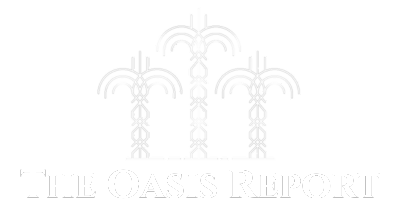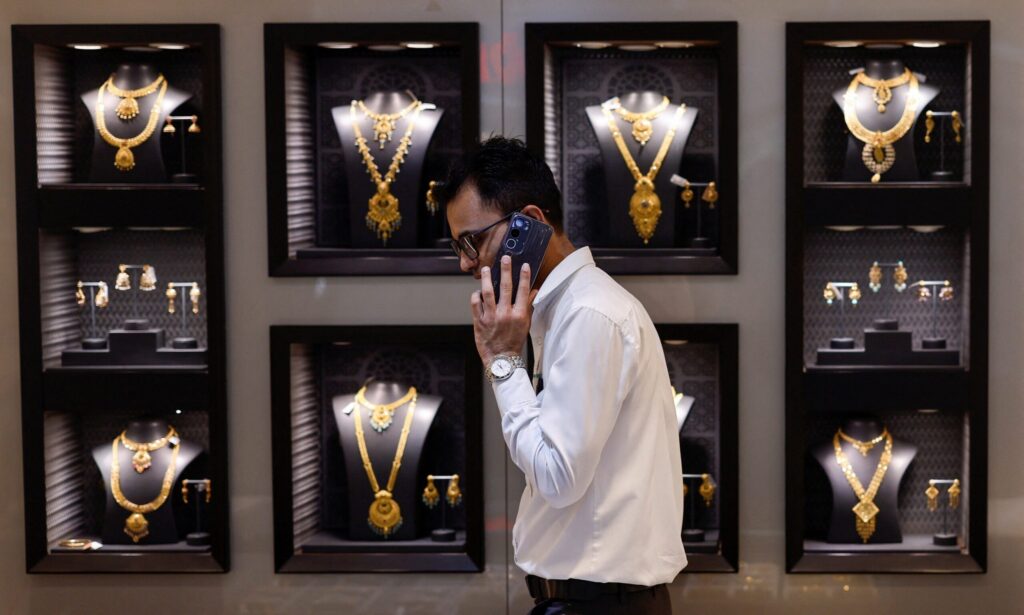UAE accounts for 3% of Indian FDI
Bilateral trade has doubled
Precious metals caused concern
Earlier this week it emerged that Abu Dhabi conglomerate International Holding Company (IHC) and a US institutional investor had between them acquired a minority stake of 6 percent in Haldiram’s, an Indian snack maker, valuing the company at $10 billion.
The IHC investment contributes to the UAE’s ranking as the seventh-largest foreign direct investor in India – 3 percent of India’s total FDI.
Meanwhile, India has invested $15 billion in the UAE, accounting for 5 percent of overseas direct investment, according to India’s Press Information Bureau.
The UAE has also become India’s third-largest trading partner after the US and China, and India’s second-largest export destination.
Bilateral trade has nearly doubled since a comprehensive economic partnership agreement came into force in 2022.
However, despite the Cepa’s success, reports emerged in 2024 of a sharp increase in India’s gold, silver and platinum imports from the UAE. Imports of silver alone skyrocketed from $29 million in 2023 to $1.7 billion in 2024.
The increase prompted India to ask the UAE to verify compliance with the rules of origin (ROO) requirements under the Cepa.
But analysts see it as an adjustment rather than a structural flaw in the partnership.
The concerns primarily stemmed from tariff concessions – 1 percent on gold and 7 percent on silver – granted on condition that at least 3 percent value addition takes place in the UAE.
Pramod Mohan, co-founder and director of FinMet Group, an advisory and technology firm specialising in precious metals, said such agreements often involve complexities and certain aspects remain subject to negotiation.
He said initially Indian importers were required to present a Certificate of Origin proving that silver refined in the UAE had undergone at least 3 percent value addition. This was desirable because silver imports under the Cepa enjoyed a duty advantage: 15 percent normal duty versus 8 percent under the Cepa.
Mohan, who also serves on the governance committee of the UAE Good Delivery Accreditation, said that in July India reduced the import duty on silver from 15 percent to 6 percent, making Cepa imports less competitive.
 Amit Dave/Reuters
Amit Dave/ReutersSince silver imports under the Cepa now attracted an 8 percent duty, they became costlier compared with the new standard duty of 6 percent, eliminating the tariff advantage.
“As a result, silver imports from the UAE under Cepa completely stopped after July 2024, resolving earlier concerns about inflated import volumes,” Mohan told AGBI.
The surge in gold imports, meanwhile, is attributable to improvements in the technology of trading and a domestic India initiative, analysts said.
The UAE is a major gold trading centre, attracting gold refineries and traders because of lower tax rates, relaxed regulation and proximity to Asian markets.
“The physical movement of gold bars has increasingly shifted through [the] UAE to India and other markets, reinforcing their importance in the global gold market,” said a Dubai-based bullion analyst, requesting anonymity.
The analyst said that gold bars certified under UAE Good Delivery (GD) standards attract a 5 percent duty under the UAE-India Cepa, compared with the 6 percent normal import duty – providing a 1 percentage point duty advantage to importers in India. As a result, imports of gold bars from the UAE to India increased last year.
Other observers say another factor in the rise of gold imports from the UAE was India’s introduction of the India International Bullion Exchange (IIBX) in July 2022. This has provided Indian jewellers with direct access to gold bars certified under UAE GD.
Over the past year nearly 100 tonnes of these bars have been traded on the IIBX, highlighting a shift in market dynamics, rather than an exploitation of Cepa rules.
“Previously, Indian gold imports were routed through nominated agencies such as banks, but a new direct avenue emerged with IIBX launching the UAE GD Contract – bars produced by UAE refiners accredited under the UAE Good Delivery standard,” Mohan said.
He said Indian authorities have now restructured quotas that benefit from the lower tariffs: 120 tonnes in the first year of Cepa with an annual increase of 20 tonnes, capped at 200 tonnes by 2027.
He pointed out that the surge in gold trade between India and the UAE is reciprocal, with increased exports of Indian jewellery to the UAE.
Despite the initial, but temporary, issues raised by the Indian side, experts agree that the Cepa has been transformative for UAE-India economic ties.
Vijay Valecha, chief investment officer at Dubai-based Century Financial, emphasises that issues such as rules of origin compliance and value addition requirements have been addressed.
“Both governments have intervened to address such issues by way of high-level discussions and technical deliberations, and as a result they made progress in resolving any ROO norms concerns,” Valecha says.
He says that the Cepa will expand to eight additional sectors, such as artificial intelligence, financial services and digital technology, with a target to reach the ambitious target of $100 billion worth of trade annually.
“Projects such as the Bharat Mart in Dubai – a one-window facility for Indian manufacturers – will increase exports even more and strengthen economic ties.”



